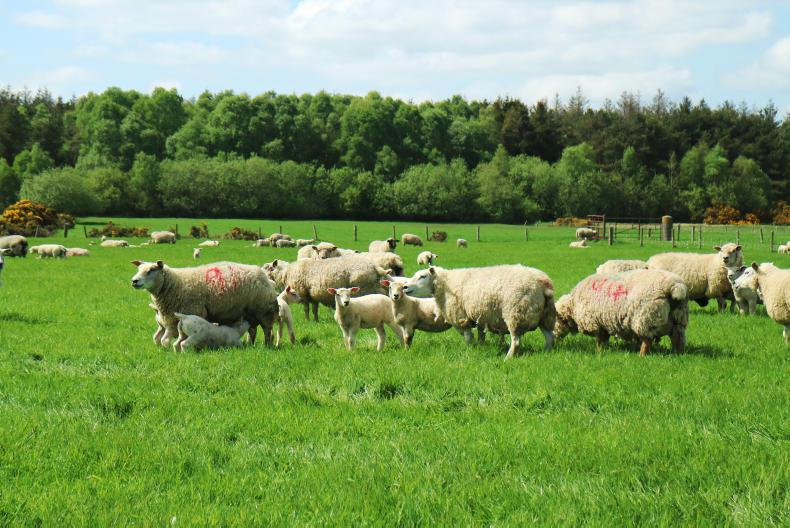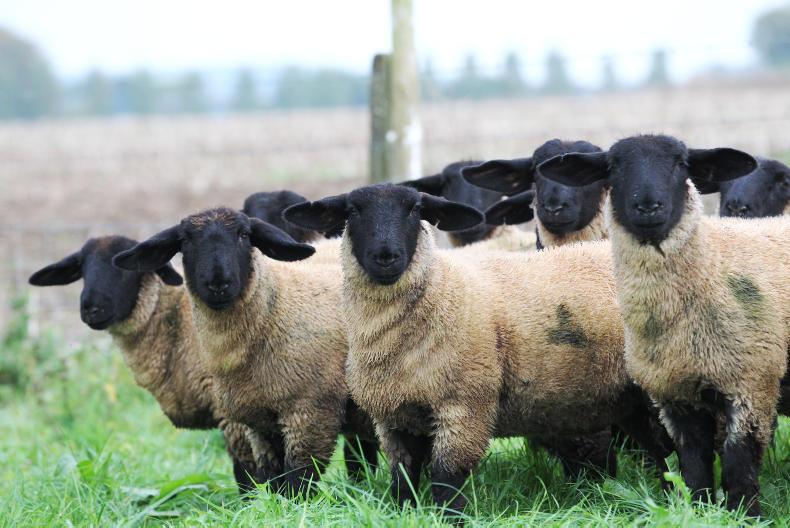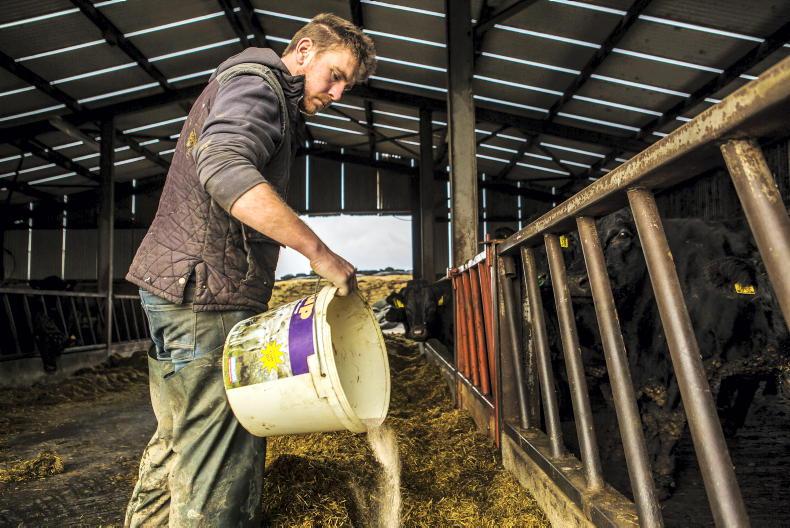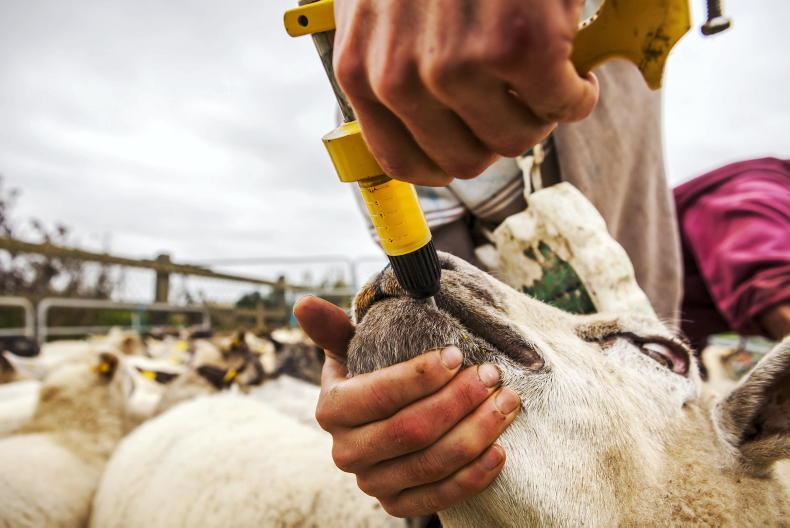Rumen fluke is a common concern among a lot of farmers and I regularly get asked about it at discussion group meetings. This rumen-dwelling parasite was discovered 10 years ago. Depending on whom you talk to, its significance varies.
I think due to some wet summers over the last number of years, and the possibility of rumen fluke using both the mud snail and water snail as its intermediate host, its significance has increased.
We carry out a lot of faecal egg counts to monitor parasites and regularly find rumen fluke eggs. I think such findings are not to be ignored, but this information must be used in the context of overall herd or flock performance. There is currently a lot of research being done on the parasite, so we are continuing to learn more about its economic significance on farms.
I certainly have seen cases of individual scouring cows that have responded to treatment. Also, younger grazing stock seems to be exposed to the effects of the parasite. It is not the adult fluke that causes problems so much, but the migrating young larvae that will often cause the clinical symptoms of scouring, ill thrift and immunosuppression.
Talking to vets in the factories, it is definitely a finding, yet it remains hard to get a measure of how widespread this problem is. That is why your own vet is best placed to determine the risk on your farm. My strong opinion is that liver fluke is still a much more significant parasite, causing problems on many of our farms.
Snails as intermediates
Like liver fluke, rumen fluke will use a snail as the intermediate host (mud snail). New evidence suggests that it might also use the water snail, which might explain why this parasite is more common and widespread.
It has a 12-week life cycle and the larvae migrate from the intestine into the rumen, where the adult rumen fluke attach to the lining of the rumen. With what looks like being another wet summer, I can only presume there will be a high risk this year for both liver and rumen fluke.
The clinical signs I have seen associated with this at herd or flock level are poor performance. This, of course, can be caused by many factors, so again discussing risk with your own vet is very important. I have seen young stock and some sheep flocks with weight loss and profuse scouring, which have responded to treatment.
Although rumen fluke can be diagnosed by faecal samples, when large numbers of immature fluke are present, you will sometimes get a scour but without finding any eggs in faeces.
To minimise risk, talk to your vet and develop a parasite control plan that includes rumen and – more importantly – liver fluke control for your herd or flock. When buying in animals from risk areas, I think it is worthwhile dosing them to reduce the spread on to your farm.
Remember that the rumen fluke require wet conditions to spread through the intermediate host – the mud snail. So, keeping cattle away from very wet ground, rivers, streams, etc, is important.
When treating animals, oxyclozanide is a product that will kill all stages of rumen fluke and adult liver fluke. Each farm has a different risk, so it’s important your own vet advises you on a farm-specific control programme. My own opinion is that because of wet summers and a parasite that may have adapted its intermediate host, we cannot ignore rumen fluke on our farms and we must put control measures in place.










SHARING OPTIONS